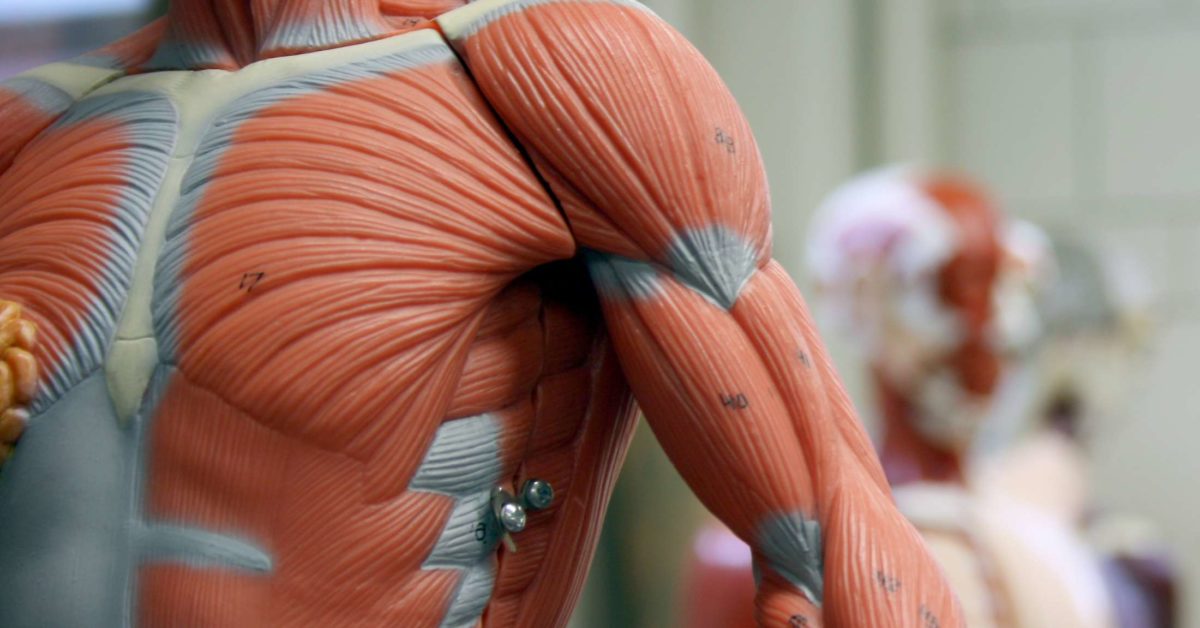

There are two types of isotonic contractions: concentric and eccentric.

In isotonic contractions, where the tension in the muscle stays constant, a load is moved as the length of the muscle changes (shortens). However, muscle tension also is generated when the muscle is contracting against a load that does not move, resulting in two main types of skeletal muscle contractions: isotonic contractions and isometric contractions. The force generated by the contraction of the muscle (or shortening of the sarcomeres) is called muscle tension. To move an object, referred to as load, the sarcomeres in the muscle fibers of the skeletal muscle must shorten. Define wave summation, tetanus, and treppe.Describe the three phases of a muscle twitch.Describe the length-tension relationship.Explain concentric, isotonic, and eccentric contractions.Organs with Secondary Endocrine Functionsĭevelopment and Aging of the Endocrine Systemīy the end of this section, you will be able to: Muscles of the Pectoral Girdle and Upper LimbsĪppendicular Muscles of the Pelvic Girdle and Lower Limbsīasic Structure and Function of the Nervous SystemĬirculation and the Central Nervous Systemĭivisions of the Autonomic Nervous System Interactions of Skeletal Muscles, Their Fascicle Arrangement, and Their Lever SystemsĪxial Muscles of the Head, Neck, and BackĪxial Muscles of the Abdominal Wall and Thorax Nervous Tissue Mediates Perception and Responseĭiseases, Disorders, and Injuries of the Integumentary SystemĮxercise, Nutrition, Hormones, and Bone TissueĬalcium Homeostasis: Interactions of the Skeletal System and Other Organ SystemsĮmbryonic Development of the Axial Skeletonĭevelopment and Regeneration of Muscle Tissue Organic Compounds Essential to Human Functioning Inorganic Compounds Essential to Human Functioning Structural Organization of the Human BodyĮlements and Atoms: The Building Blocks of Matter


 0 kommentar(er)
0 kommentar(er)
